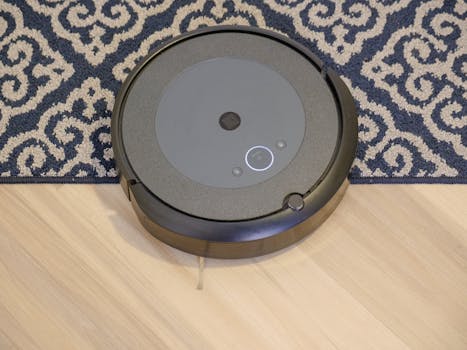
Smart Homes and Smart Living: The Technological Transformation of European Homes by 2025
Smart Homes and Smart Living are revolutionizing the way we live, work, and interact with our living spaces. As we approach 2025, European homes are undergoing a significant technological transformation, driven by advancements in artificial intelligence, Internet of Things (IoT), and data analytics. In this article, we will explore the current state of smart homes in Europe, the latest trends and innovations, and what to expect in the future.
Current State of Smart Homes in Europe
The European smart home market is growing rapidly, with an estimated value of €23 billion in 2020. According to a report by Statista, the number of smart homes in Europe is expected to reach 44.9 million by 2025, up from 14.5 million in 2020. The UK, Germany, and France are leading the way in smart home adoption, with a strong focus on energy efficiency, home security, and convenience.
Latest Trends and Innovations
Several trends and innovations are driving the growth of smart homes in Europe. Some of the key developments include:
- Voice Assistants: Voice assistants like Amazon Alexa, Google Assistant, and Apple Siri are becoming increasingly popular in European smart homes, enabling residents to control their living spaces with voice commands.
- Artificial Intelligence (AI): AI-powered smart home devices are learning residents’ habits and preferences, enabling them to automate tasks, optimize energy consumption, and improve home security.
- Internet of Things (IoT): IoT devices are connecting various aspects of smart homes, from lighting and temperature control to home security and entertainment systems.
- Sustainable Energy: European smart homes are adopting sustainable energy solutions, such as solar panels, energy-efficient appliances, and smart grids, to reduce their carbon footprint.
Future of Smart Homes in Europe
As we approach 2025, European smart homes will continue to evolve, driven by technological advancements and changing consumer needs. Some of the key developments to expect include:
- Increased Adoption of AI and IoT: AI and IoT will become even more integral to smart homes, enabling residents to enjoy greater convenience, energy efficiency, and home security.
- Growing Focus on Sustainability: European smart homes will prioritize sustainability, with a greater emphasis on renewable energy, energy-efficient appliances, and eco-friendly building materials.
- More Emphasis on Health and Wellbeing: Smart homes will incorporate features that promote health and wellbeing, such as air quality monitoring, noise reduction, and personalized lighting.
Conclusion
Smart Homes and Smart Living are transforming the way we live, work, and interact with our living spaces. As European homes continue to evolve, we can expect to see greater adoption of AI, IoT, and sustainable energy solutions. By 2025, European smart homes will be more efficient, convenient, and sustainable, providing residents with a better quality of life and a reduced carbon footprint.




